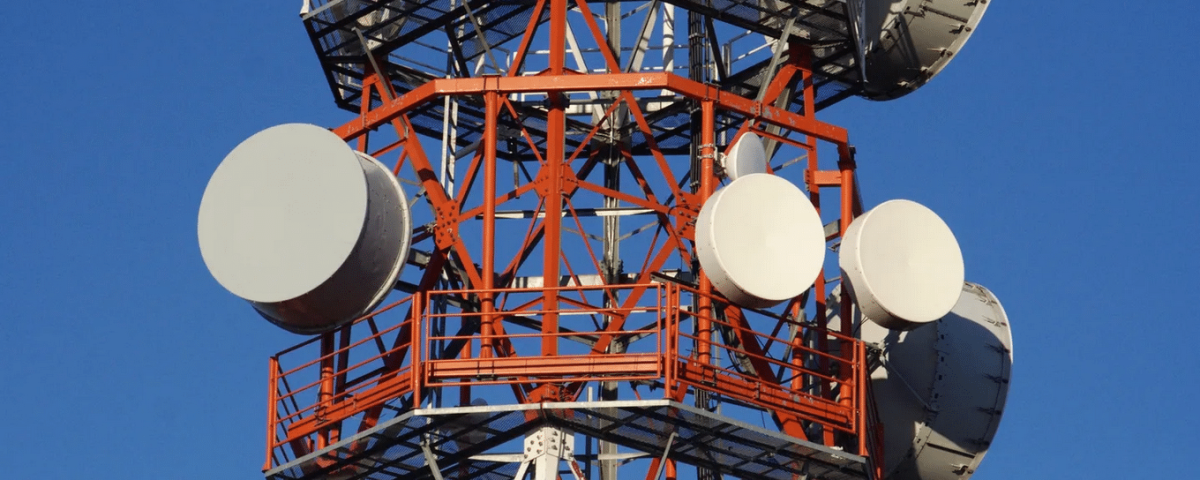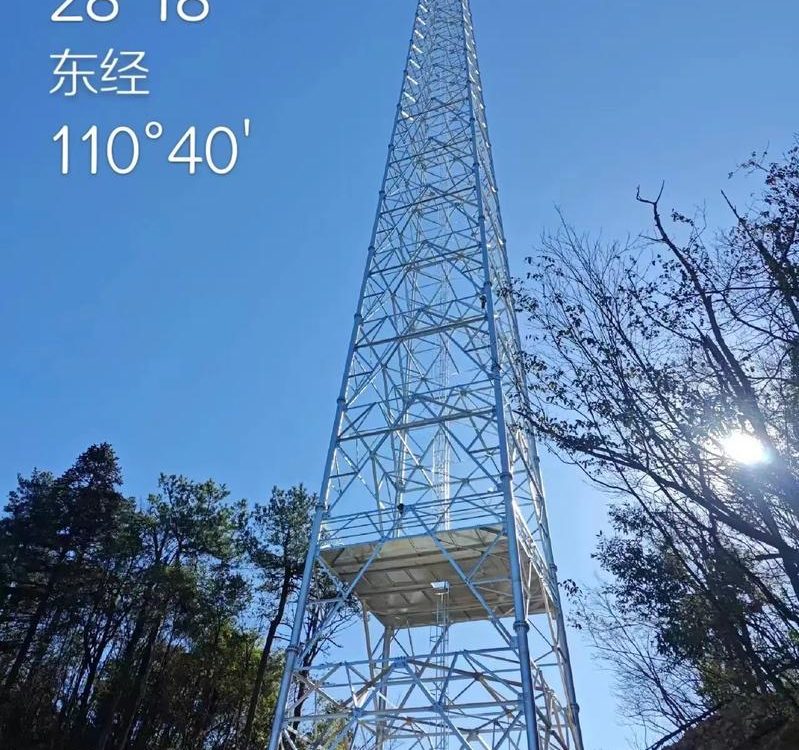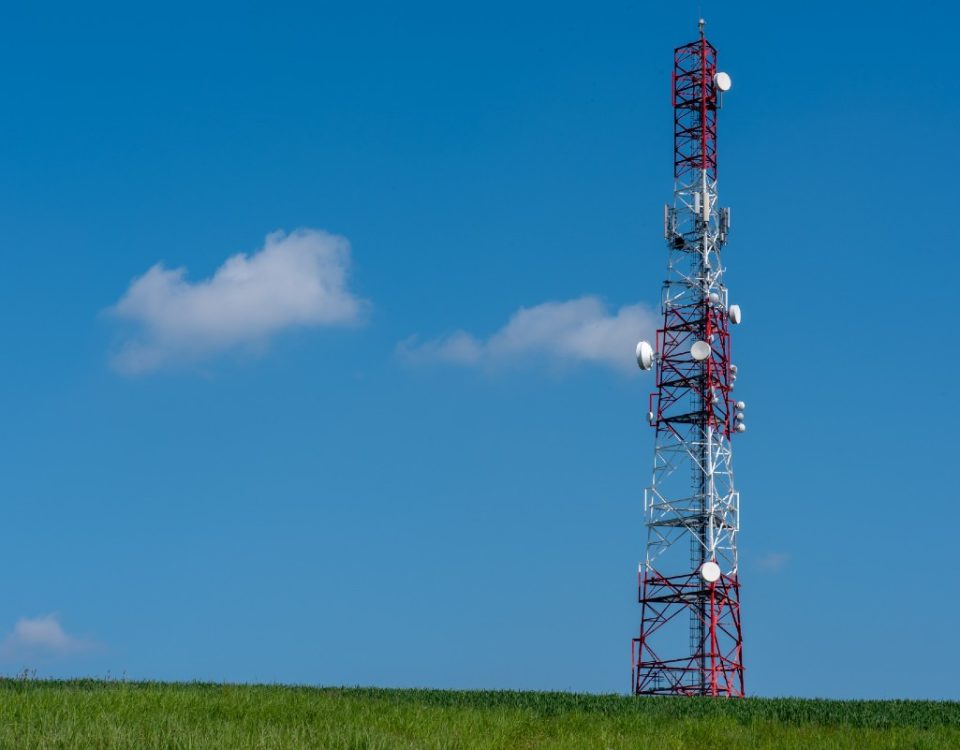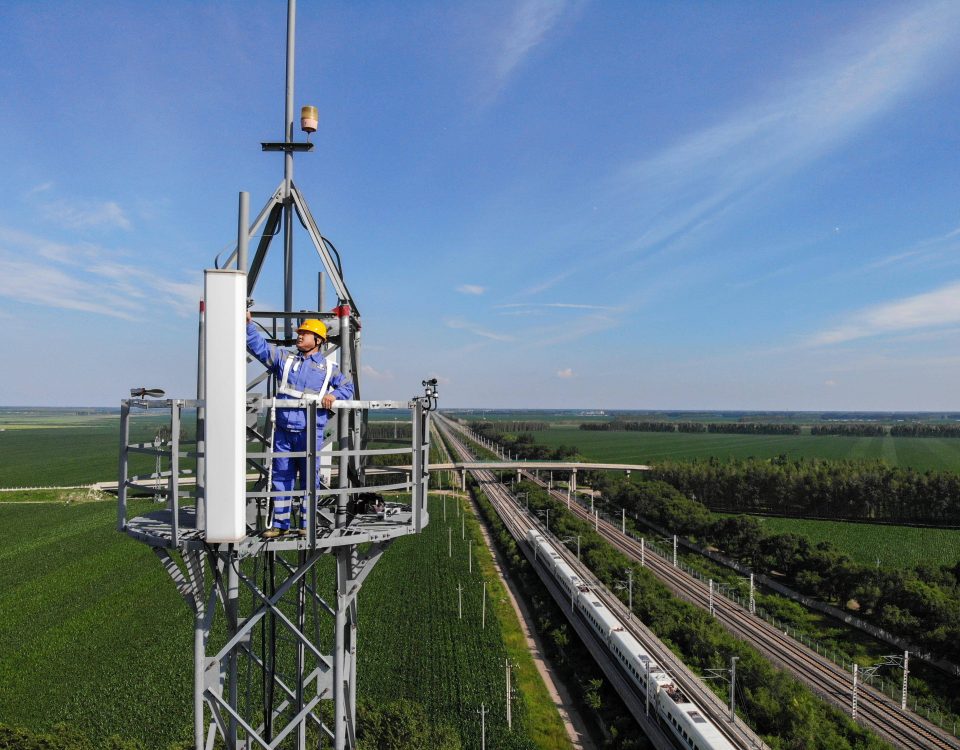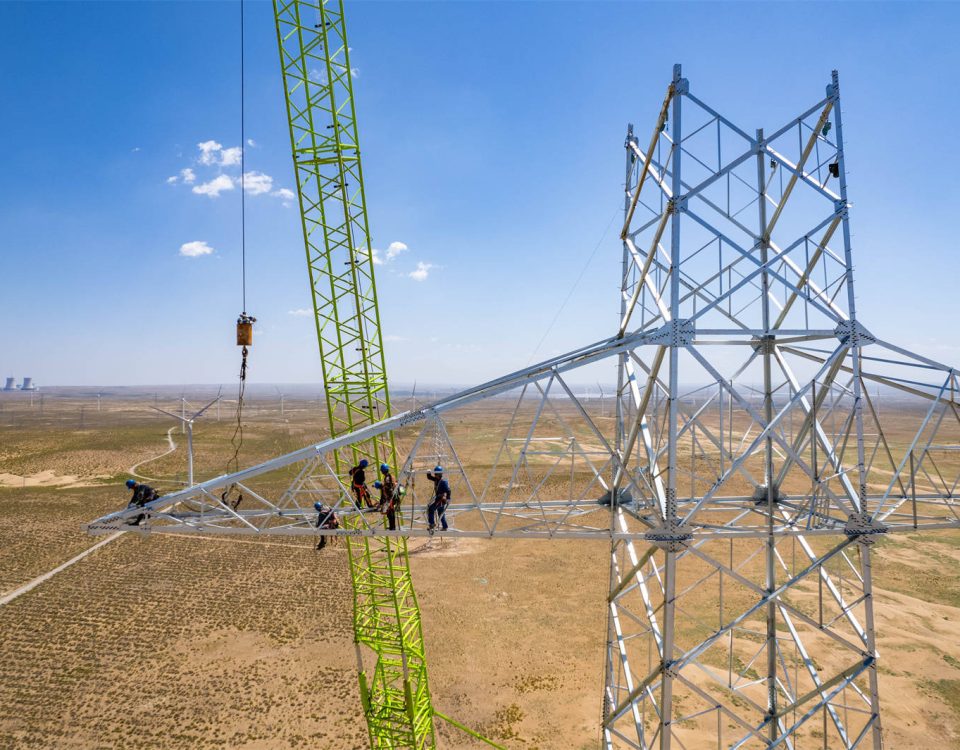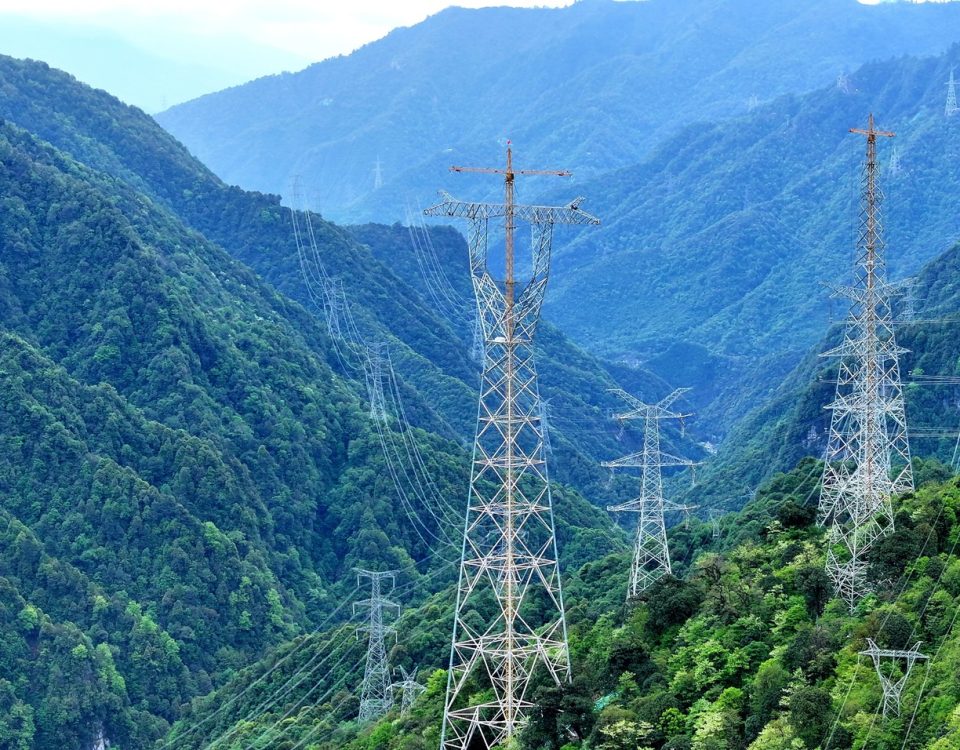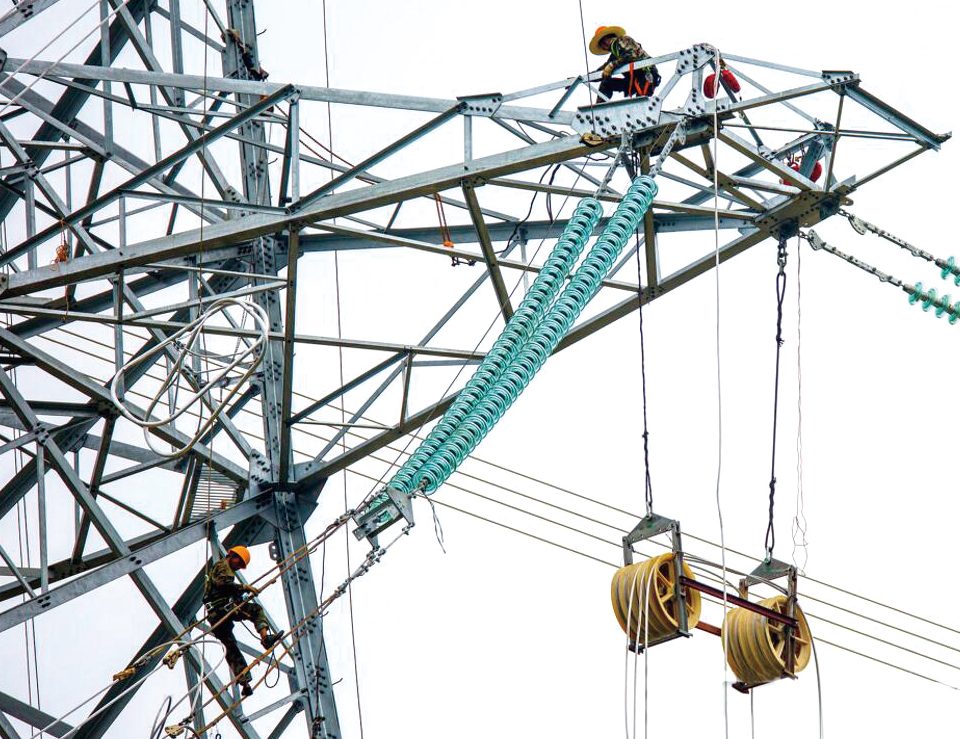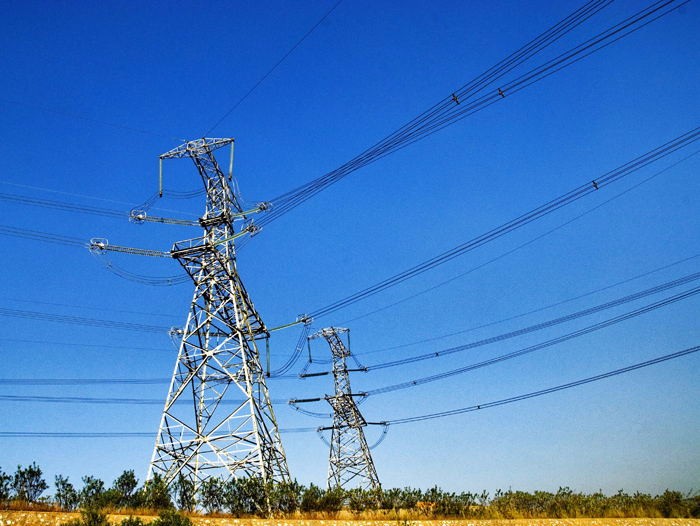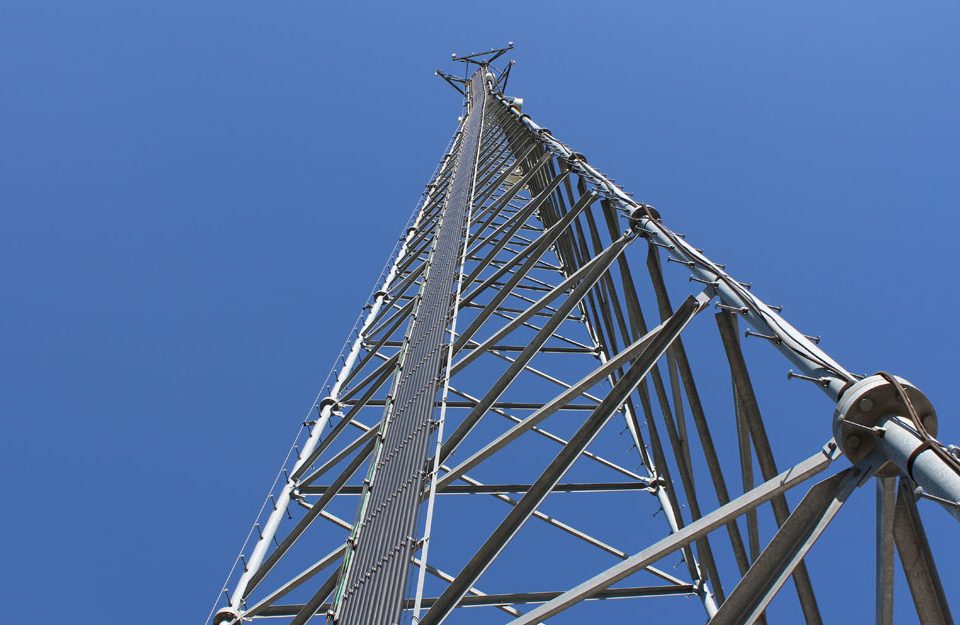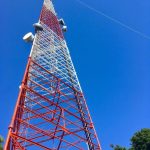
Guyed Towers: Comprehensive Turnkey Solutions for Optimal Performance
August 20, 2024
Can cell phone towers and microwave communication towers cause cancer?
October 6, 2024Microwave communication towers are a fascinating and integral part of modern telecommunications infrastructure. They play a crucial role in transmitting data over long distances without the need for physical cables. In this comprehensive exploration, we’ll delve into the intricacies of microwave communication towers, their components, functions, applications, and the technological advancements shaping their future.
What Exactly is a Microwave?
Microwaves are a type of electromagnetic wave characterized by wavelengths ranging from 0.003 to 0.3 meters, with frequencies spanning from 1 GHz to 100 GHz. These wavelengths are slightly shorter than those of radio waves, which is why they’re dubbed “micro,” indicating their smaller size.
Microwaves travel in straight lines, known as line-of-sight propagation, and don’t have the ability to bounce around obstacles like hills or reflect off the ionosphere. Consequently, microwave communication antennas, often shaped like dishes, are typically installed on towers. This elevation helps extend the communication range between two towers, which is generally limited to about 40 miles.
Microwave towers, often referred to as microwave iron towers or microwave communication towers, are versatile structures typically erected on the ground, atop buildings, or on mountain peaks. These towers are renowned for their robust wind resistance. They are constructed using angle steel, sometimes enhanced with steel plate materials, or entirely made from steel pipes. The tower’s components are securely fastened with bolts, and the entire structure undergoes hot-dip galvanizing to ensure protection against corrosion. An angle steel tower comprises several key parts, including tower boots, the main tower body, a lightning arrester section, lightning rods, platforms, ladders, antenna supports, feeder racks, and lightning diversion lines.
Purpose of the Product
Microwave towers serve as signal transmission towers, commonly known as signal towers. Their primary role is to support signal transmission antennas, facilitating effective communication.
Features of the Product
In the realm of modern communication and broadcast television signal transmission, whether the choice is for ground-based or rooftop towers, these structures are essential for mounting communication antennas. This setup enhances the signal service radius for both communication and television transmission, ensuring optimal professional communication outcomes. Additionally, rooftop installations offer added benefits, such as providing lightning protection and grounding for buildings, serving as aviation warnings, and adding aesthetic value to office buildings.
Introduction to Microwave Communication Towers
Microwave communication towers are structures designed to support antennas and other equipment necessary for the transmission and reception of microwave signals. These signals are a form of electromagnetic radiation with wavelengths ranging from one meter to one millimeter, corresponding to frequencies between 300 MHz and 300 GHz. Microwave towers are pivotal in enabling wireless communication across vast distances, making them essential for various applications, including telecommunications, broadcasting, and data transmission.
Components of Microwave Communication Towers
- Tower Structure:
- Types: Microwave towers come in various forms, including lattice towers, monopoles, and guyed towers. The choice of structure depends on factors such as location, height requirements, and load-bearing capacity.
- Materials: Typically constructed from steel or aluminum, these materials offer the necessary strength and durability to withstand environmental conditions.
- Antennas:
- Parabolic Dish Antennas: These are the most common type of antennas used in microwave communication. They focus the microwave signals into a narrow beam, allowing for precise targeting and reception.
- Horn Antennas: Used for specific applications, horn antennas provide a wide bandwidth and are less susceptible to interference.
- Waveguides and Transmission Lines:
- Function: Waveguides and transmission lines carry microwave signals from the transmitter to the antenna and from the antenna to the receiver. They are designed to minimize signal loss and interference.
- Transceivers:
- Role: Transceivers are devices that both transmit and receive microwave signals. They convert electrical signals into microwave signals for transmission and vice versa for reception.
- Power Supply and Backup Systems:
- Importance: Reliable power supply systems, often with backup generators or battery systems, ensure continuous operation, especially in remote or critical locations.
How Microwave Communication Towers Work
Microwave communication towers operate by transmitting and receiving microwave signals between two or more locations. The process involves several key steps:
- Signal Generation:
- A transceiver generates a microwave signal from an electrical input, which is then amplified and sent to the antenna.
- Signal Transmission:
- The antenna, typically a parabolic dish, focuses the microwave signal into a narrow beam directed towards the receiving tower.
- Signal Propagation:
- Microwave signals travel in straight lines, known as line-of-sight propagation. This requires a clear, unobstructed path between transmitting and receiving towers.
- Signal Reception:
- The receiving tower’s antenna captures the incoming microwave signal, which is then converted back into an electrical signal by the transceiver.
- Signal Distribution:
- The received electrical signal is processed and distributed to the intended destination, such as a telecommunications network or broadcasting station.
Applications of Microwave Communication Towers
Microwave communication towers are used in a wide range of applications, each leveraging the unique properties of microwave transmission:
- Telecommunications:
- Backhaul Networks: Microwave towers are crucial for backhaul networks, which connect cell towers to the core telecommunications network. This is especially important in areas where laying fiber-optic cables is impractical or cost-prohibitive.
- Broadcasting:
- Television and Radio: Microwave towers transmit television and radio signals over long distances, ensuring broad coverage and high-quality reception.
- Data Transmission:
- Internet and Data Services: Microwave communication is used to provide internet and data services in remote or underserved areas, bridging the digital divide.
- Military and Defense:
- Secure Communication: Microwave towers support secure, high-capacity communication links for military and defense operations, often in challenging environments.
- Emergency Services:
- Disaster Recovery: In the aftermath of natural disasters, microwave towers can quickly re-establish communication links, providing critical connectivity for emergency services.
Advantages of Microwave Communication Towers
Microwave communication towers offer several advantages that make them a preferred choice for various applications:
- High Bandwidth:
- Microwave communication supports high data rates, making it suitable for bandwidth-intensive applications such as video streaming and large data transfers.
- Rapid Deployment:
- Compared to laying cables, microwave towers can be deployed quickly, providing a fast solution for establishing communication links.
- Cost-Effectiveness:
- In areas where infrastructure development is challenging, microwave towers offer a cost-effective alternative to fiber-optic networks.
- Scalability:
- Microwave networks can be easily expanded by adding more towers or upgrading existing equipment, accommodating growing communication needs.
- Reliability:
- With proper maintenance and backup systems, microwave communication towers offer reliable performance, even in adverse weather conditions.
Challenges and Limitations
Despite their advantages, microwave communication towers face several challenges and limitations:
- Line-of-Sight Requirement:
- Microwave signals require a clear line of sight between towers, which can be obstructed by terrain, buildings, or vegetation.
- Weather Sensitivity:
- Adverse weather conditions, such as heavy rain or fog, can attenuate microwave signals, affecting transmission quality.
- Interference:
- Microwave frequencies are susceptible to interference from other electronic devices or communication systems operating in the same frequency range.
- Regulatory Constraints:
- The allocation of microwave frequencies is regulated by government agencies, which can limit the availability of spectrum for new deployments.
Technological Advancements
The field of microwave communication is continually evolving, with technological advancements enhancing the capabilities and efficiency of microwave towers:
- Advanced Antenna Designs:
- New antenna technologies, such as phased array antennas, offer improved signal directionality and reduced interference.
- Higher Frequency Bands:
- The use of higher frequency bands, such as millimeter waves, allows for greater bandwidth and data rates, supporting next-generation communication networks.
- Integration with Fiber Optics:
- Hybrid networks that combine microwave and fiber-optic technologies offer the benefits of both, providing high-capacity, reliable communication links.
- Automation and Remote Monitoring:
- Advanced monitoring systems enable remote management and maintenance of microwave towers, improving operational efficiency and reducing downtime.
Future Prospects
The future of microwave communication towers is promising, with several trends shaping their development:
- 5G and Beyond:
- As 5G networks expand, microwave towers will play a critical role in providing backhaul connectivity, supporting the high data rates and low latency required by 5G applications.
- Rural Connectivity:
- Microwave towers will continue to be instrumental in extending internet access to rural and remote areas, contributing to global connectivity initiatives.
- Smart Cities:
- In smart city environments, microwave towers will support a wide range of applications, from traffic management to public safety, by enabling seamless communication between connected devices.
- Environmental Considerations:
- Advances in sustainable materials and energy-efficient technologies will enhance the environmental footprint of microwave towers, aligning with global sustainability goals.
Conclusion
Microwave communication towers are a vital component of the modern communication landscape, enabling high-capacity, reliable data transmission across vast distances. Their versatility and adaptability make them indispensable in a wide range of applications, from telecommunications to broadcasting and beyond. As technology continues to advance, microwave towers will evolve to meet the growing demands of the digital age, playing a crucial role in shaping the future of global communication.

